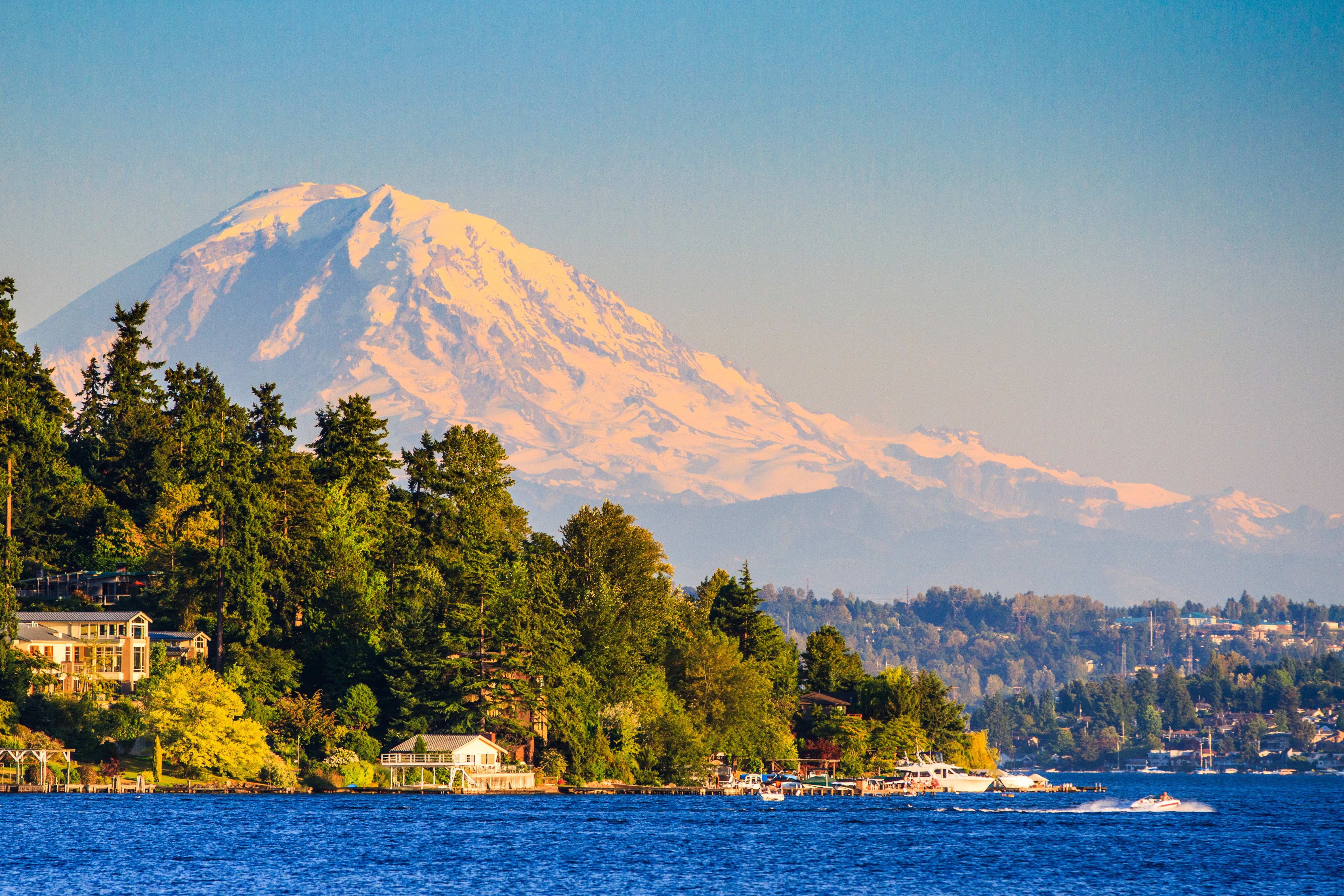
Often referred to as the ‘Emerald City’ thanks to the lush evergreen forests nearby, Seattle’s sobriquet is no tourist brochure euphemism. Bears and cougars have been sighted in the city’s rugged Discovery Park, fleece-wearing diners fresh from kayaking trips show up in downtown restaurants, and on clear days from numerous vantage points, Mt Rainier, a 14,411-foot glacier-encrusted volcano, appears so close it feels as if you could almost touch it. No wonder such a high proportion of Seattleites choose to ignore manic East Coast work ethics and regularly escape into their ‘backyard’ for a dose of the great outdoors.
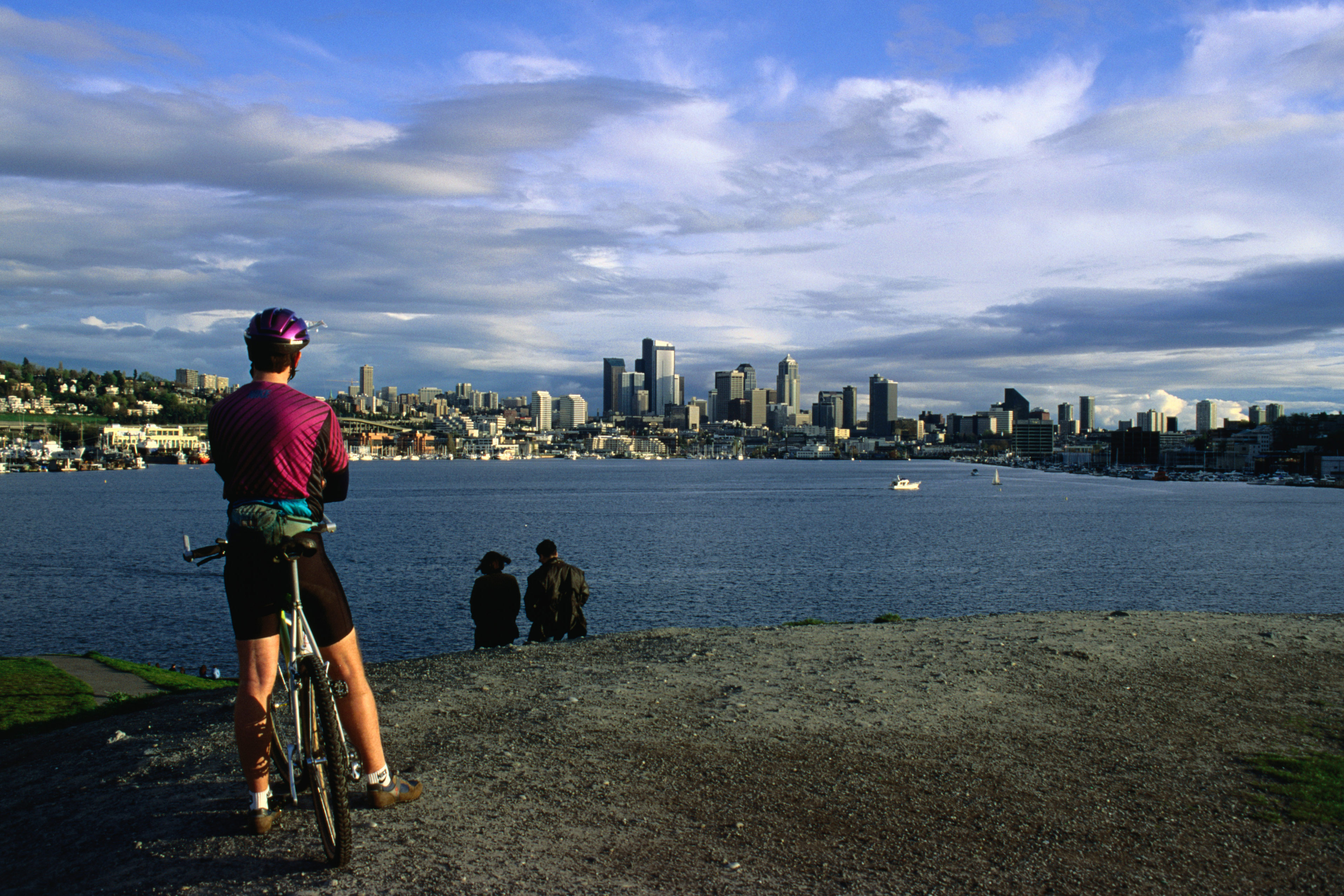
Cycling in Seattle is one of the most instantaneous ways for visitors to fend off museum claustrophobia and get some fresh gulps of Pacific Northwestern air. Fortunately, with the inauguration of Seattle’s new bike-sharing scheme, Pronto in October 2014, getting about on two wheels has become a lot easier. Intended more as city hoppers than zippy racers, Pronto’s new seven-gear bikes available from 50 city-wide docking stations are adept enough to get you out of downtown and enjoy a brief taste of Seattle’s finest greenway, the Burke Gilman trail. Check out our guide to Pronto for more info.
Stretching 21 miles from the shores of Lake Washington to Puget Sound, the Burke-Gilman follows the course of an old disused railway line. Along the way it meanders past moored houseboats, weird urban sculpture and numerous green oases. If you’ve only got time for one stop, hit the brakes in Gas Works Park on the north shore of Lake Union, a windy promontory popular with kite-flyers where a rusting coal plant was recently listed on the National Register of Historic Places.
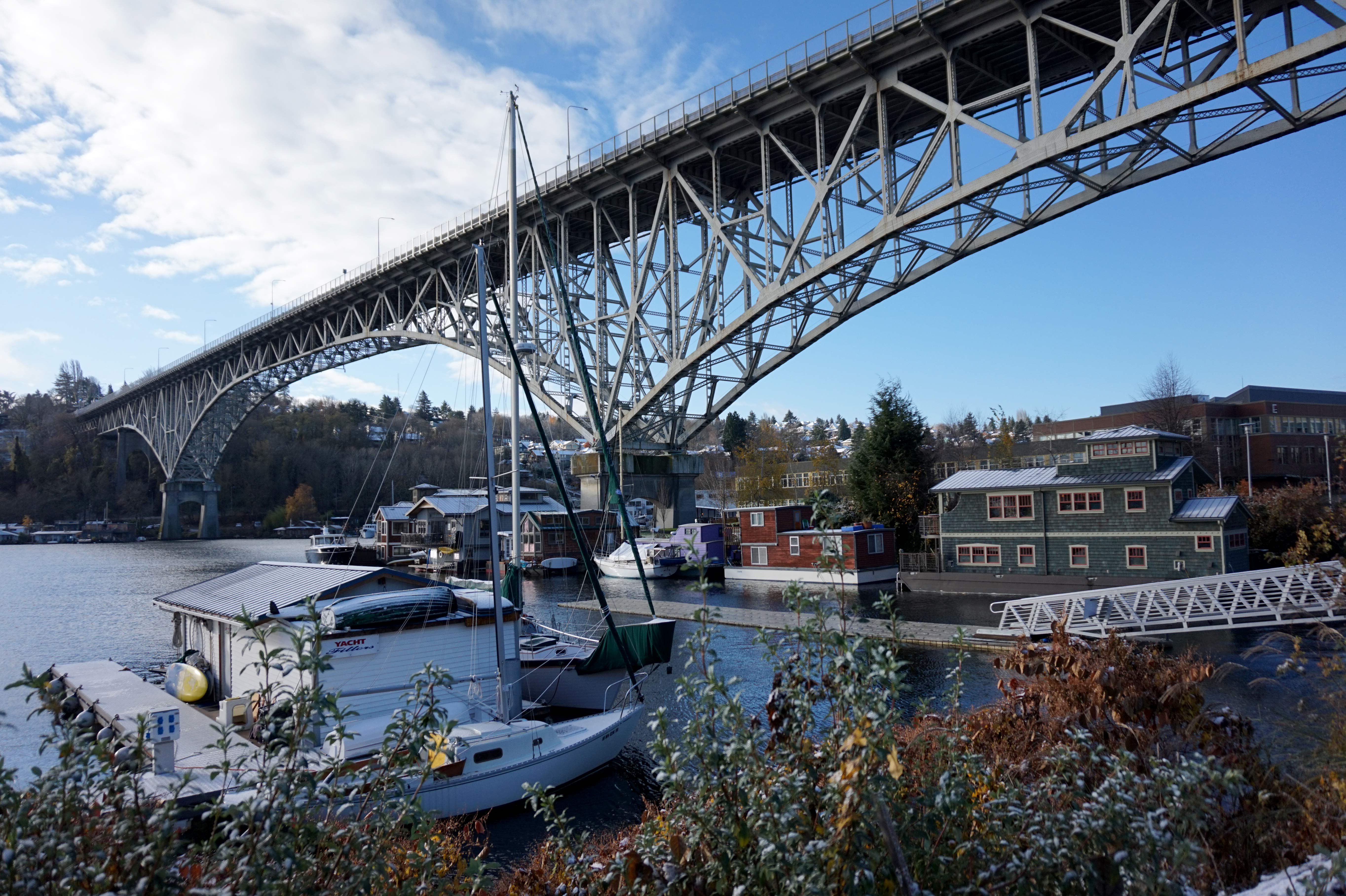
To enjoy the trail in its entirety, you’ll need to swap your short-loan Pronto bike for a more flexible day-rental. Dutch Bike Co in Ballard rents well-appointed, two-wheeled machines from $45 a day. The shop, which also pedals pastries from an adjacent café, is strategically located in Ballard at the west end of the Burke-Gilman trail close to Hiram M Chittenden Locks, where lush botanical gardens overlook the point at which Puget Sound’s seawater meets the freshwater of Lake Union. Here you can watch a merry array of working boats as they negotiate the lock system, or disappear underneath to see salmon wriggling up an ingenious fish ladder. Cycle two miles further west and you’ll end up in Golden Gardens Park, well-known for its Bloody Mary sunsets framed by ghostly silhouettes of the Olympic Mountains.
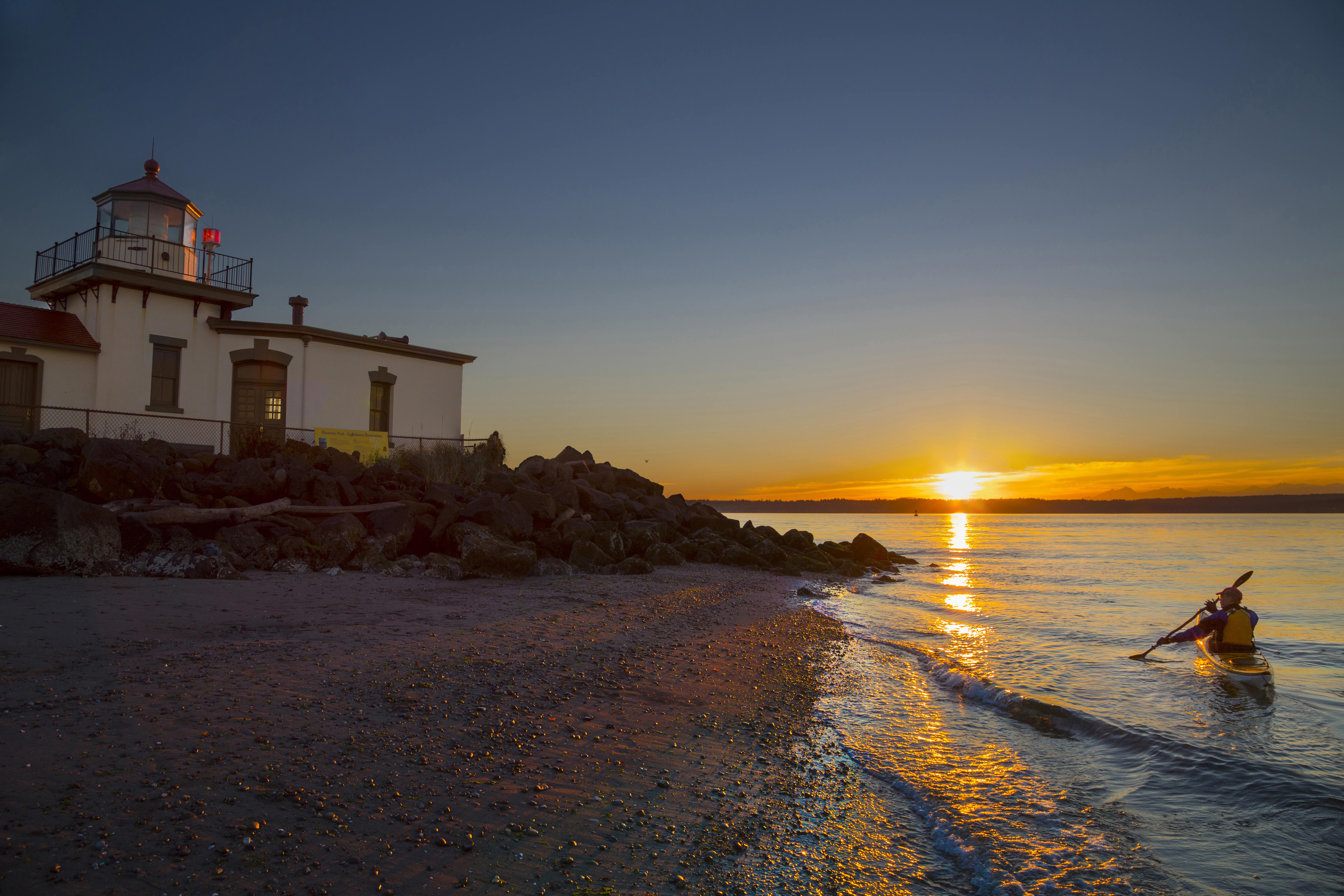
City parks are usually carefully configured urban playgrounds where well-manicured flower beds vie with lawns, ornamental lakes and rock gardens. Offering a more feral alternative, Seattle’s parks bring pockets of uncultivated Cascade Mountain beauty inside city limits. Forget swings and tennis courts, and prepare instead for old growth forest, interchanging ecosystems and – on occasions – wild animals.
Several years ago, a ‘lost’ black bear and a roaming cougar were spotted in the vicinity of Discovery Park, Seattle’s largest green space that abuts the hilly neighborhood of Magnolia. Spread across 534 acres, Discovery Park is one of North America’s most impressive urban regeneration and was created in 1973 on the grounds of an old military installation. Guarding several miles of Puget Sound coastline, the park’s untended landscapes fold from meadows to woodland to ocean bluffs to beaches. Its biodiversity is accentuated by the presence of an astounding 270 species of bird, including owls, humming birds and grebes.
Another notable green space is 300-acre Seward Park, which inhabits a broad nodule of land that protrudes into Lake Washington. As well as supporting nesting bald eagles and a lakeside perimeter trail, Seward shelters a small but precious tract of old-growth forest. Although its 250-year-old hemlocks, cedars and Douglas firs might not be as old as the leafy behemoths on the nearby Olympic peninsula, they’re ancient monuments compared to Seattle’s man-made wonders.
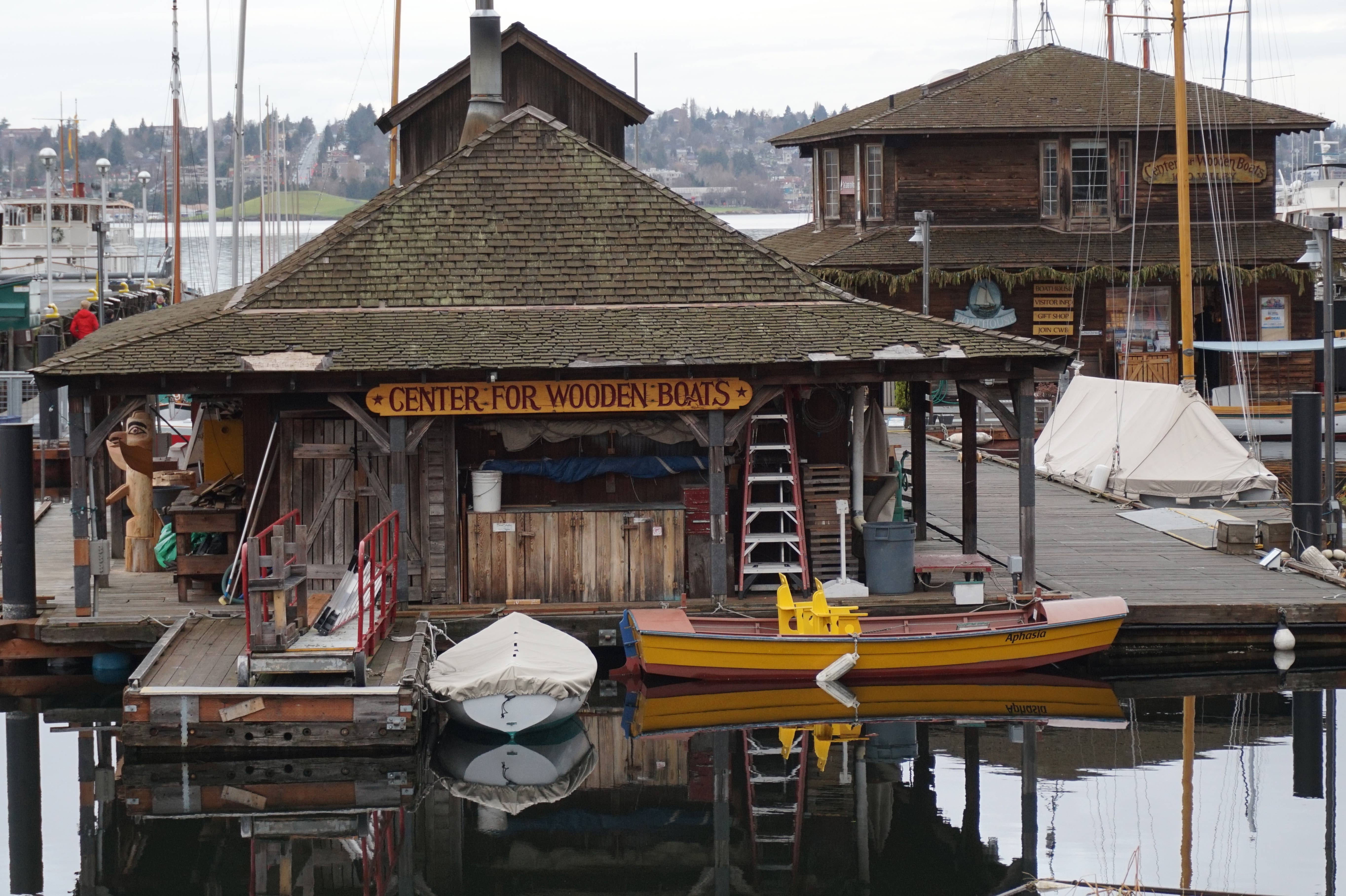
Seattle might not have a St Mark’s Square or any oar-wielding gondoliers to ogle over, but it can claim Venetian amounts of water. Bays, lakes, canals and inlets spread out like blue veins across this ocean-side city where water transportation has long been used for both fun and function. The local penchant for canoeing and kayaking draws on ancient Native American traditions. The Duwamish tribe once maintained a village on the shores of Lake Union and used canoes hewn out of cedar wood to fish the lake’s sheltered waters. These days, you can row across the same lake in similar canoes, although, with a backdrop of clustered skyscrapers, gigantic bridges and a Space Needle, you’ll be contemplating vastly different vistas.
Canoes and all number of other watercraft can be rented at the Center for Wooden Boats on the south shore of Lake Union, a brief tram-ride from Downtown. The center also offers free boat rides in a pot-luck of different vessels (steam, sail, paddles and oars) every Sunday on a first-come-first-served basis from its South Lake Union dock. Sign-up starts at 10am.
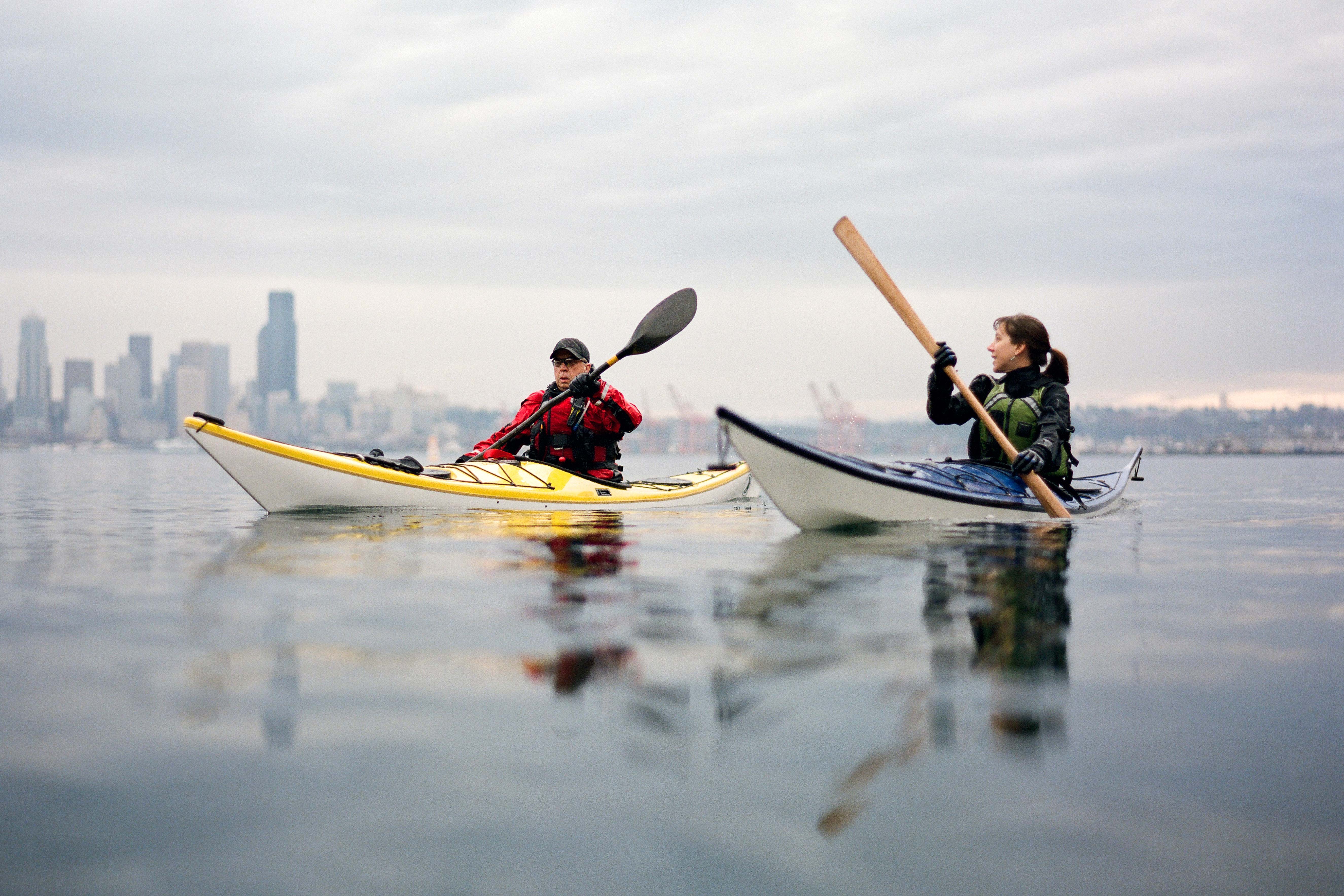
New York has Coney Island, LA has Malibu and Seattle has Alki Beach Park. The quintessential weekend escape, Alki Beach Park is less kitschy than Coney Island, but decidedly less bronzed and buffed than Malibu. Part of Alki’s allure is the process of getting there on one of the sleek water taxis that depart from Seattle’s waterfront. The views of the city that unfold above the boat’s foamy wake are spirit-reviving.
Multiple activities will tempt you when you disembark. The deceptively named Alki Kayak Tours, situated right next to the boat dock, rents out a lot more than just kayaks: paddle-boards, bikes and in-line skates are offered as well. The ride/walk/paddle to the sandy beach is brief and there’s plenty to indulge in when you get there. A favorite activity is beach volleyball. Swimming has less adherents thanks to frigid seawater, even in summer. Drained of energy by early evening, many punters hit the restaurants (fish and chips predominate). Others just lie on the soft sand and gaze at their shimmering surroundings - Mt Rainier, rippling Puget Sound and countless tree-clad islands – while plotting future sorties into the ‘outdoors’.